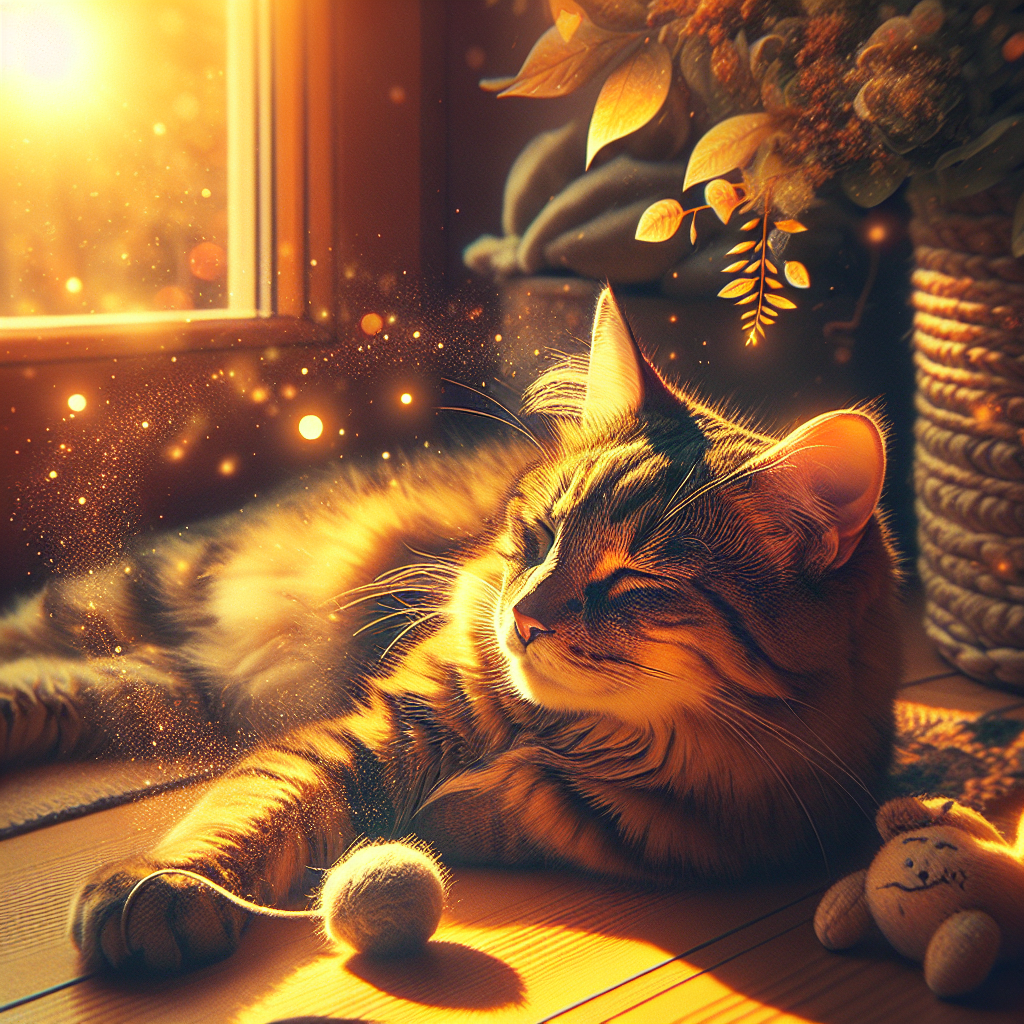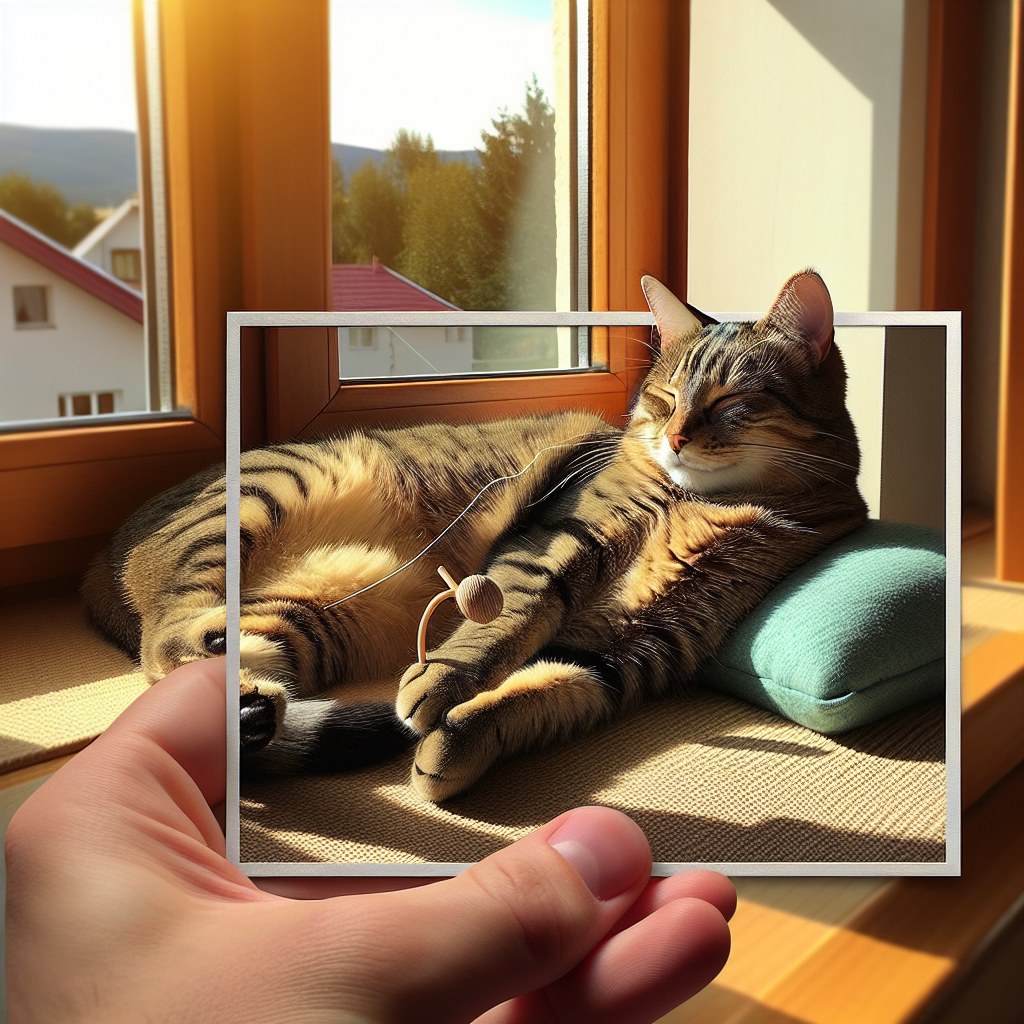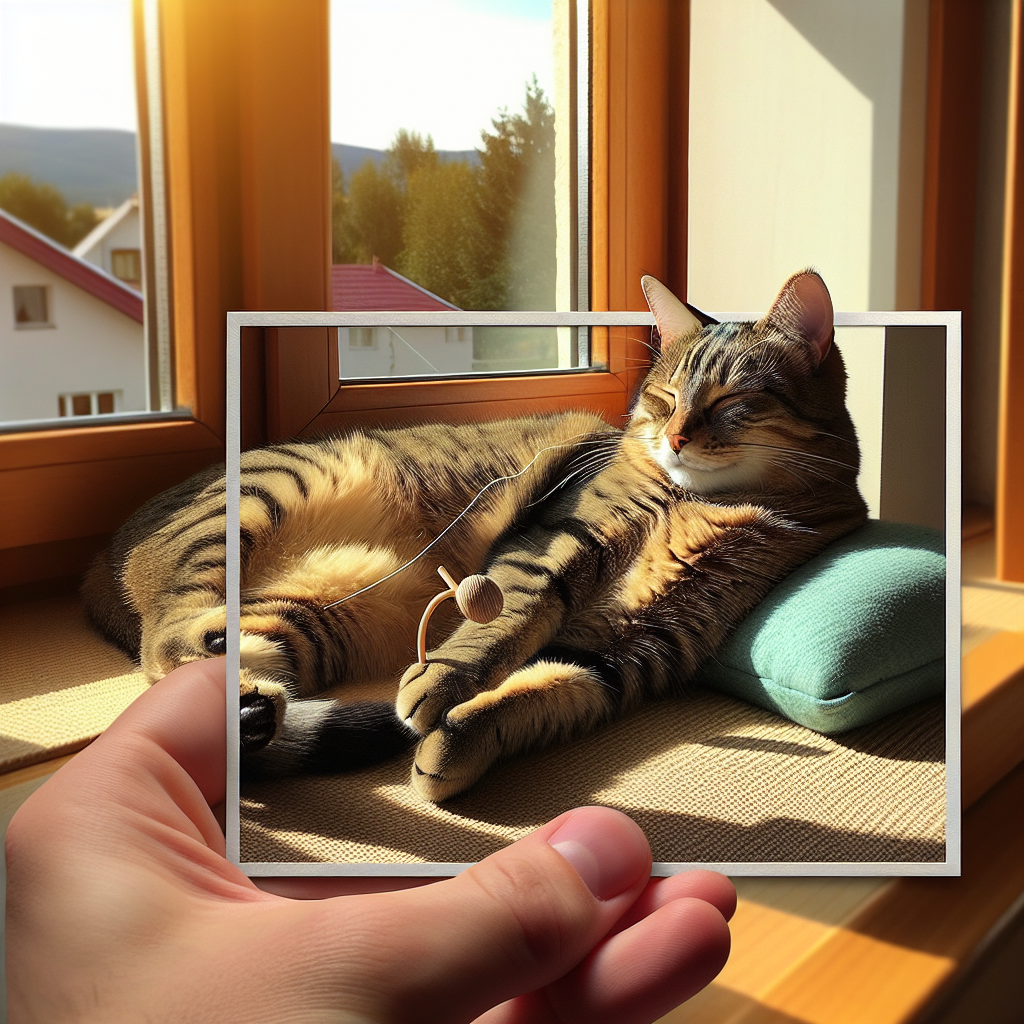If you’ve ever wondered how long indoor tabby cats live, this comprehensive guide is here to provide you with all the answers. From factors that can influence their lifespan to tips on how to ensure they live a long and healthy life, this article will cover everything you need to know about the lifespan of indoor tabby cats. So, sit back, relax, and prepare to become an expert in feline longevity.
Factors Affecting the Lifespan of Indoor Tabby Cats:
Genetics:
Genetics play a significant role in determining the lifespan of indoor tabby cats. Just like humans, cats inherit certain traits from their parents that can impact their overall health and lifespan. While it’s difficult to control genetics, being aware of any hereditary issues can help you take proactive steps to ensure your cat’s well-being. Moreover, certain genetic factors have been linked to longevity in cats, so understanding your tabby’s lineage can provide valuable insights into their potential lifespan.
Diet and Nutrition:
Proper nutrition is crucial for the long and healthy life of indoor tabby cats. Providing a well-balanced diet tailored to their specific nutritional needs is essential. A diet that contains the right balance of protein, fats, carbohydrates, vitamins, and minerals can contribute to their overall well-being. It is advisable to consult with a veterinarian to determine the appropriate diet for your tabby, considering factors such as age, weight, and any existing medical conditions. Avoiding common dietary issues, such as overfeeding or feeding inappropriate human food, can also help prevent health problems and extend their lifespan.
Exercise and Activity Levels:
Regular exercise and physical activity are key factors in maintaining the health and longevity of indoor tabby cats. Engaging in physical activities helps them burn calories, maintain a healthy weight, and prevent obesity-related health issues. Providing various opportunities for exercise, such as interactive toys, scratching posts, and climbing structures, can keep them mentally stimulated and physically active. Play sessions with your tabby can strengthen the bond between you and provide them with the exercise they need.

Socialization and Mental Stimulation:
Tabby cats thrive on social interaction and mental stimulation. Providing a socially enriched environment is essential for their overall well-being and can potentially extend their lifespan. Ensuring your indoor tabby has regular interactions with humans and other pets can prevent loneliness and promote a positive mental state. Interactive toys, puzzle feeders, and environmental enrichment techniques, such as hiding treats or creating safe play areas, can also help keep your tabby mentally stimulated and engaged.
Preventive Healthcare:
Regular veterinary care is crucial in ensuring the long and healthy life of indoor tabby cats. Vaccinations and parasite control are essential preventive measures that can protect your cat from infectious diseases and internal/external parasites. Regular check-ups with a veterinarian can help identify any potential health issues early on and provide appropriate medical intervention. Sterilization and neutering are also important in preventing certain diseases and behavioral issues, ensuring a healthier and longer life for your feline companion.
Environmental Factors:
Creating a safe and comfortable living environment for your indoor tabby cat is vital in maintaining their overall health and extending their lifespan. Indoor safety measures, such as securing windows and balconies, can prevent potential accidents and injuries. Identifying and removing any toxic plants or substances from their environment is essential to avoid poisoning. Additionally, maintaining a clean and hygienic living space helps prevent the spread of infectious diseases and ensures a healthy indoor environment for your tabby.

Stress and Anxiety:
Stress and anxiety can significantly impact the lifespan of indoor tabby cats. Identifying potential stressors in their environment and taking steps to minimize them is crucial. Creating a calm and peaceful environment, free from loud noises and disruptive activities, can help reduce stress levels. Implementing behavioral techniques, such as positive reinforcement training, can also alleviate anxiety in cats. Providing them with hiding spots and a dedicated space where they can retreat when feeling overwhelmed can contribute to their overall well-being and longevity.
Breed-Specific Factors:
While tabby cats are not a distinct breed, certain factors specific to different breeds of tabbies can influence their lifespan. Some breeds may be more susceptible to certain medical conditions or genetic issues that can shorten their lifespan. Familiarizing yourself with the potential breed-specific factors can help you be proactive in addressing any specific health concerns or needs that your tabby may have.
Medical Conditions:
Various medical conditions can impact the lifespan of indoor tabby cats. Common health issues such as dental disease, obesity, diabetes, kidney disease, and heart disease can significantly shorten their lifespan if left untreated. Consistent preventive healthcare and regular veterinary check-ups can help identify and manage any potential medical conditions early on, thereby improving their overall health and increasing their lifespan.
Access to Outdoor Environment:
Allowing your indoor tabby cat access to the outdoor environment can be a controversial topic when it comes to their safety and well-being. While outdoor exposure can provide additional mental stimulation and enrichment for cats, it also exposes them to various risks. Assessing the risks and benefits based on your specific living situation is crucial. If you decide to let your tabby venture outside, ensure it is done under supervision or within a safely enclosed area to minimize the risk of accidents, predation, or exposure to infectious diseases.
Average Lifespan of Indoor Tabby Cats:
Determining Factors:
The average lifespan of indoor tabby cats can vary depending on various factors, including genetics, diet, exercise, preventive healthcare, environmental conditions, and overall well-being. By addressing these factors and providing proper care, it is possible to extend the lifespan of your tabby cat and provide them with a long and healthy life.
Comparisons with Other Cat Breeds:
When comparing the average lifespan of indoor tabby cats with other cat breeds, it’s important to consider both genetic and environmental factors. Some breeds may have specific genetic traits or health conditions that affect their lifespan. However, with proper care, many indoor tabby cats can live just as long as or even longer than some purebred cats.
Studies and Research:
Numerous studies and research have been conducted to determine the average lifespan of indoor tabby cats. While there is no definitive answer, the general consensus is that, on average, indoor tabbies can live between 12 to 18 years or even longer with proper care and attention to their health and well-being. However, it is important to remember that each cat is unique, and individual factors can influence their lifespan.
In conclusion, the lifespan of indoor tabby cats is influenced by various factors, including genetics, diet and nutrition, exercise and activity levels, socialization and mental stimulation, preventive healthcare, environmental factors, stress and anxiety, breed-specific factors, medical conditions, and access to the outdoor environment. By understanding and addressing these factors, cat owners can provide the best possible care for their indoor tabbies and help them live a long, healthy, and fulfilling life.

